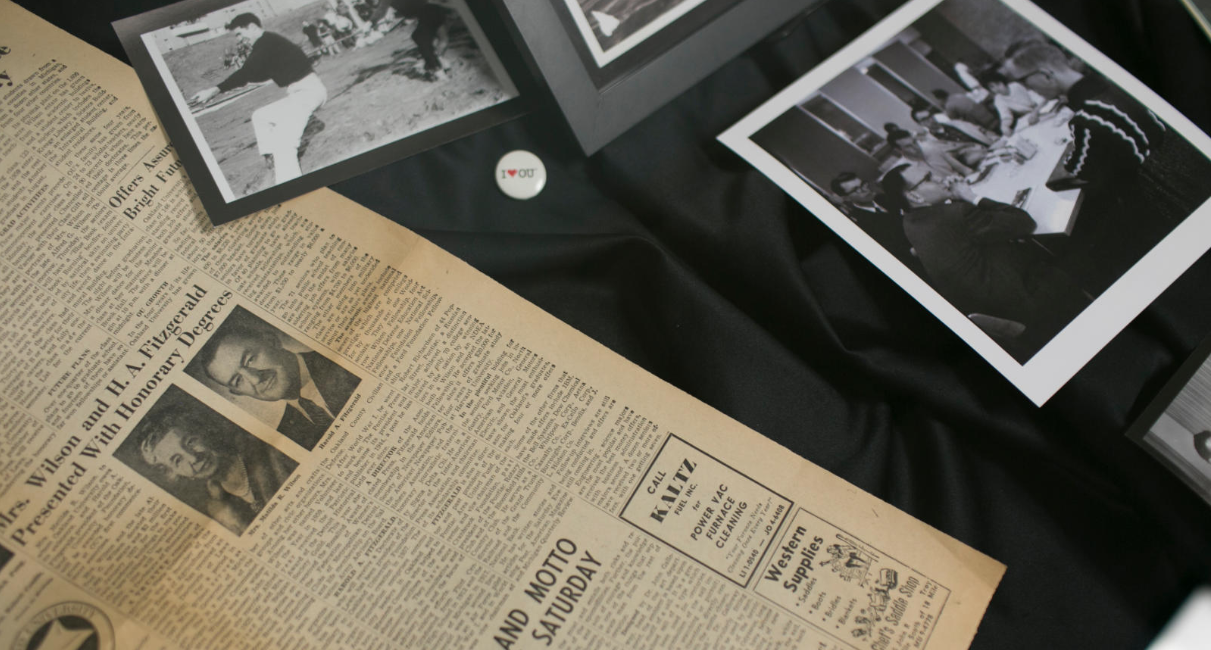Center for Excellence in Teaching and Learning
Kresge Library, Room 430
100 Library Drive
Rochester,
Michigan
48309-4479
(location map)
(248) 370-2751
[email protected]

Teaching in an Age of Information Disorder
The notion of information literacy has many different definitions and nuances, varying with cultural context and communities of practice, but in this age of constant information overload and “fake news,” it’s critical to help students achieve the skills necessary to successfully navigate the information landscape. The University Learning Outcomes include Information Literacy (IL) as a major goal for our students; what are some ways to effectively incorporate that into the classroom?
First, let’s start with the ULO itself:
OU graduates are information literate citizens who reflectively discover information, understand how that information is produced and valued, and use information ethically to create new knowledge and participate as lifelong learners in society.
The ULO includes these learning outcomes:
- Find, evaluate, and responsibly use different kinds of information for different purposes;
- Effectively integrate relevant information sources to build new, or add to existing, public or professional understandings.
Those learning outcomes can be considered broad starting points. For example, they don’t necessarily address the idea of information production and value, or ethical use of information (respecting intellectual property rights, etc.).
Ideas for incorporating information literacy into your classroom:
- Take a close look at your assignments--you are probably already incorporating these skills! For example, with a little strategic thinking, a directive like “include five scholarly journal articles” could have a stronger information literacy focus by having students write a short, reflective “research diary” or answer targeted questions about the choices that they made in finding and evaluating research resources. Are they choosing the best starting points? Are they critically evaluating what they find?
- We talk to students a lot about citing resources--but why is that important? Do they know that their work is also copyrighted, and they have rights as creators? Discussions that place them and their work in the context of information production and its value will help them to understand the nature of scholarship as a conversation, and encourage them to respect others’ rights in turn.
- Authority is different for every discipline--how does your subject area confer authority to scholars in the field? Have a conversation with students about what is valued most, and what you prioritize (and why) in resources that students use. How does that differ from other areas?
- Browse the Association of College and Research Libraries’ (ACRL) Information Literacy Sandbox for many activity ideas and resources, searchable by IL skill or subject discipline.
- Consult with the relevant subject librarian on assignment ideas and student learning outcomes, or schedule an information literacy session for your course.
- Incorporate some of the library’s information literacy tutorials such as the Reading Scholarly Articles into your class, or work with a librarian on developing a tutorial tailored to your students’ needs.
- Help your students develop their critical thinking skills by incorporating resources into your course such as the Web Literacy For Student Fact-Checkers ebook.
Your assignments and activities are most likely already incorporating elements of information literacy, and with a little massaging, you can more effectively and efficiently assess IL skill development in your students. When in doubt, contact the librarians at Kresge, as they are the experts in this field!
Resources
Many professional organizations define and discuss information literacy, with suggestions on how to apply it within a particular discipline; a few representative examples are included here, although this is by no means an exhaustive list.
Baker, K. (2013). Information literacy and cultural heritage : developing a model for lifelong learning. Oxford: Chandos Publishing.
Burkhardt, J. (2016). Teaching information literacy reframed : 50+ framework-based exercises for creating information-literate learners . Chicago: ALA Neal-Schuman, an imprint of the American Library Association.
Cook, D., & Cooper, N. (2006). Teaching information literacy skills to social sciences students and practitioners: a casebook of applications. Chicago: Association of College and Research Libraries.
Gavin, C. (2008). Teaching information literacy: a conceptual approach. Lanham, Md: Scarecrow Press.
Gregory, L., Higgins, S., & Samek, T. (2013). Information literacy and social justice : radical professional praxis. Sacramento, California: Library Juice Press.
Ragains, P. (2006). Information literacy instruction that works : a guide to teaching by discipline and student population. New York: Neal-Schuman Publishers.
Recommended Websites:
- ACRL Framework for Information Literacy for Higher Education
- Information Literacy in the Disciplines Guide (ACRL Instruction Section)
- Project Information Literacy
- Oakland University Libraries
Save and adapt a Google Doc version of this teaching tip.
About the Author
Katie Greer is an Associate Professor at Kresge Library. She is the Fine and Performing Arts Librarian, the First-Year-Experience Librarian, and teaches the winter section of the library’s gen ed course, LIB2500. At home, she tries very hard to instill information literacy dispositions into her husband and two children, and despite their eye-rolling she knows they consider themselves lucky to have a librarian for a wife and mom.
Updated January 18, 2021. Others may share and adapt under Creative Commons License CC BY-NC. View all CETL Weekly Teaching Tips. Follow these and more on Facebook, Twitter, and LinkedIn.



